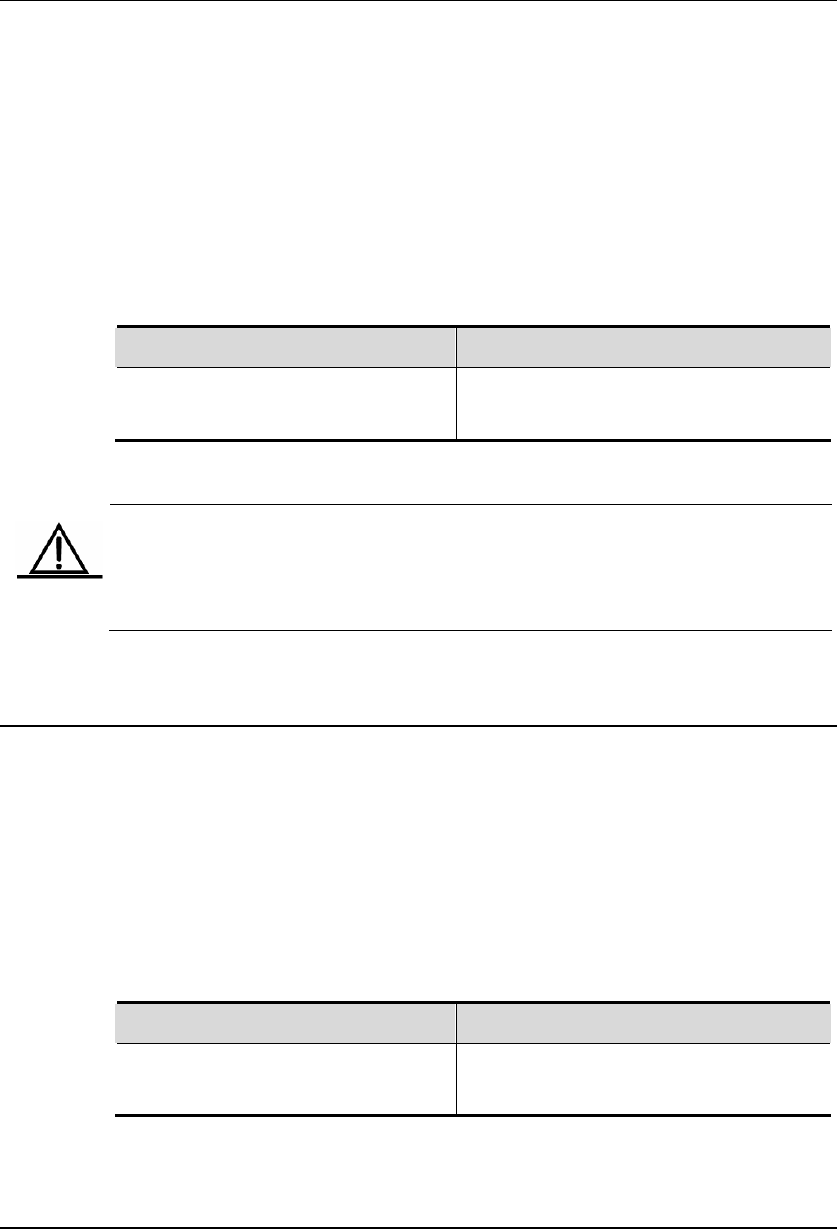
DES-7200 Configuration Guide Chapter 5 OSPF
Configuration
5-11
cost value of the interface is calculated based on its bandwidth.
For example, if the bandwidth reference value of an interfaces is 100 Mbps and
the bandwidth of theinterfaces is 10Mbps, the automatically calculated interface
cost is 100/10=10.
Currently, the interface refernece value of network interfaces is defaulted to 100
Mbps.
To change the bandwidth reference value, execute the following command in the
OSPFv3 configuration mode:
Command Function
auto-cost [reference-bandwidth
ref-bw]
Configure the bandwidth reference value for
interface metric, in Mbps.
Caution
You can run the ipv6 ospf cost cost-value command in the interface
configuration mode to set the cost for a specified interface, which takes
precedence over the one calculated based on bandwidth reference value.
5.2.7 Configuring Whether to Check the MTU when DD Packets are
Received on the OSPFv3 Interface
When the OSPFv3 receives the DD(Database Description) packets, it checks
whether the MTU for the neighbor interface is the same as the MTU for the
interface itself. If the former one is larger than the latter one, it fails to set up the
neighbor relationship. To solve the problem, you can disable the MTU checksum
function or modify the MTU for the IPv6 interface.
To disable the MTU checksum function on an interface, use the following
command in the interface configuration mode:
Command Function
ipv6 ospf mtu-ignore [instance
instance-id]
Disable the MTU checksum function when
the DD packets are received on an interface.
By default, the MTU checksum on the interface is enabled.
5.2.8 Configuring OSPFv3 Default Route
In the OSPFv3 protocol, you can generate default route in many ways. For
example, the default route represented by Type-3 LSA will be automatically
generated in a stub area. For details, refer to Configuring OSPFv3 Area
Parameters. In addition, you can configure a default route represented by Type 5


















